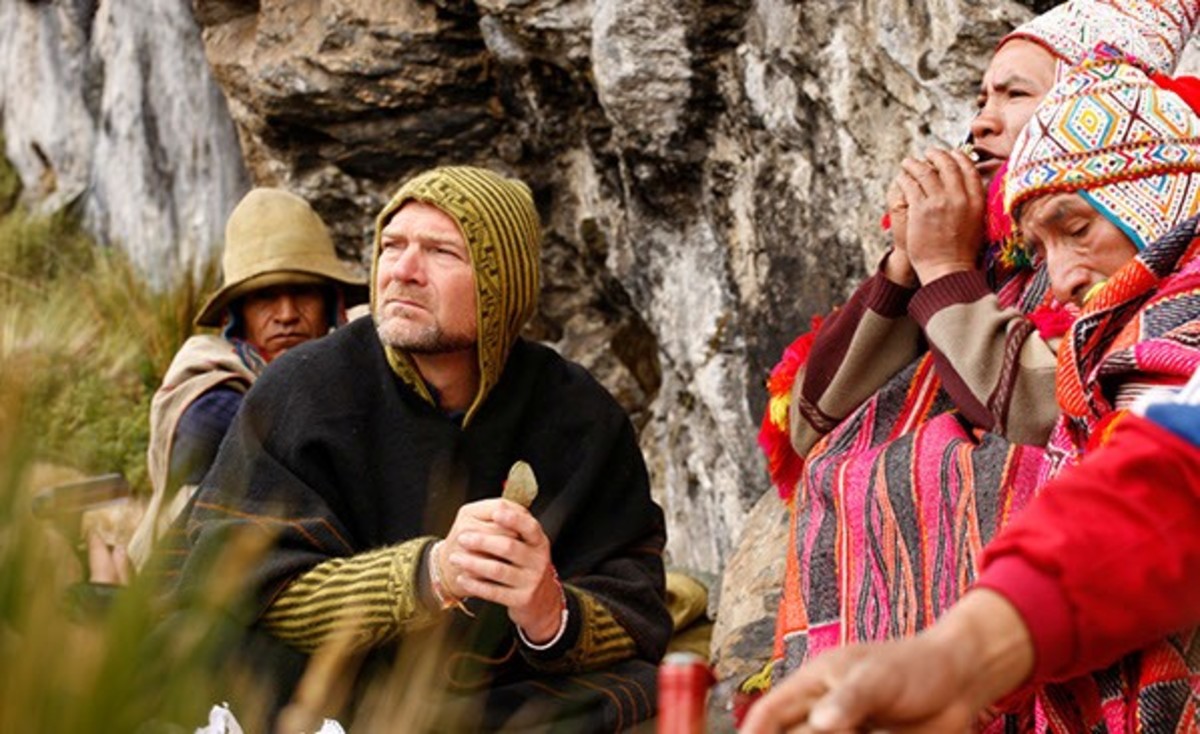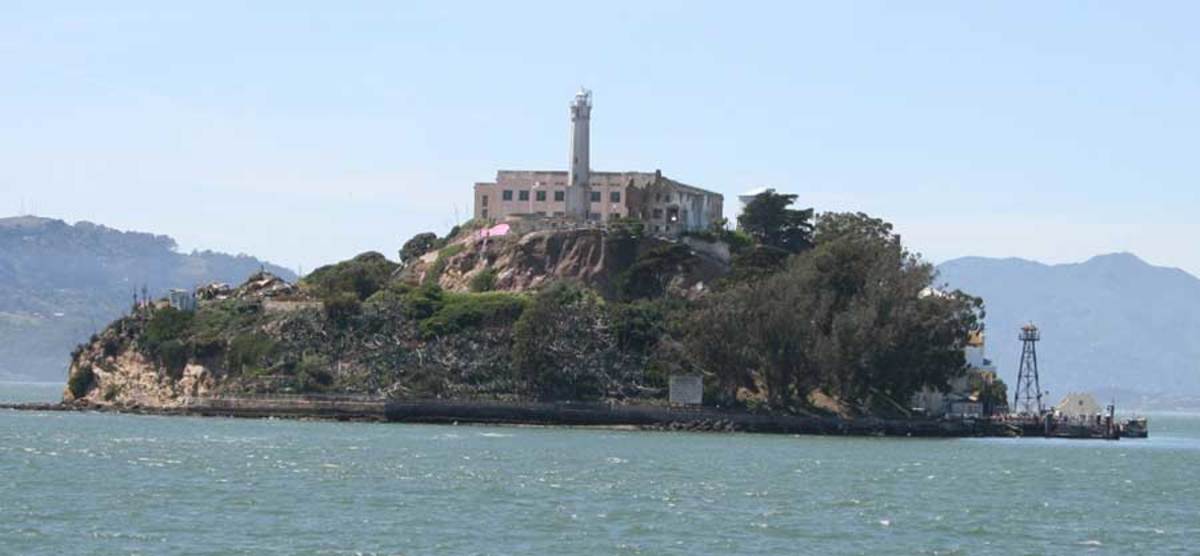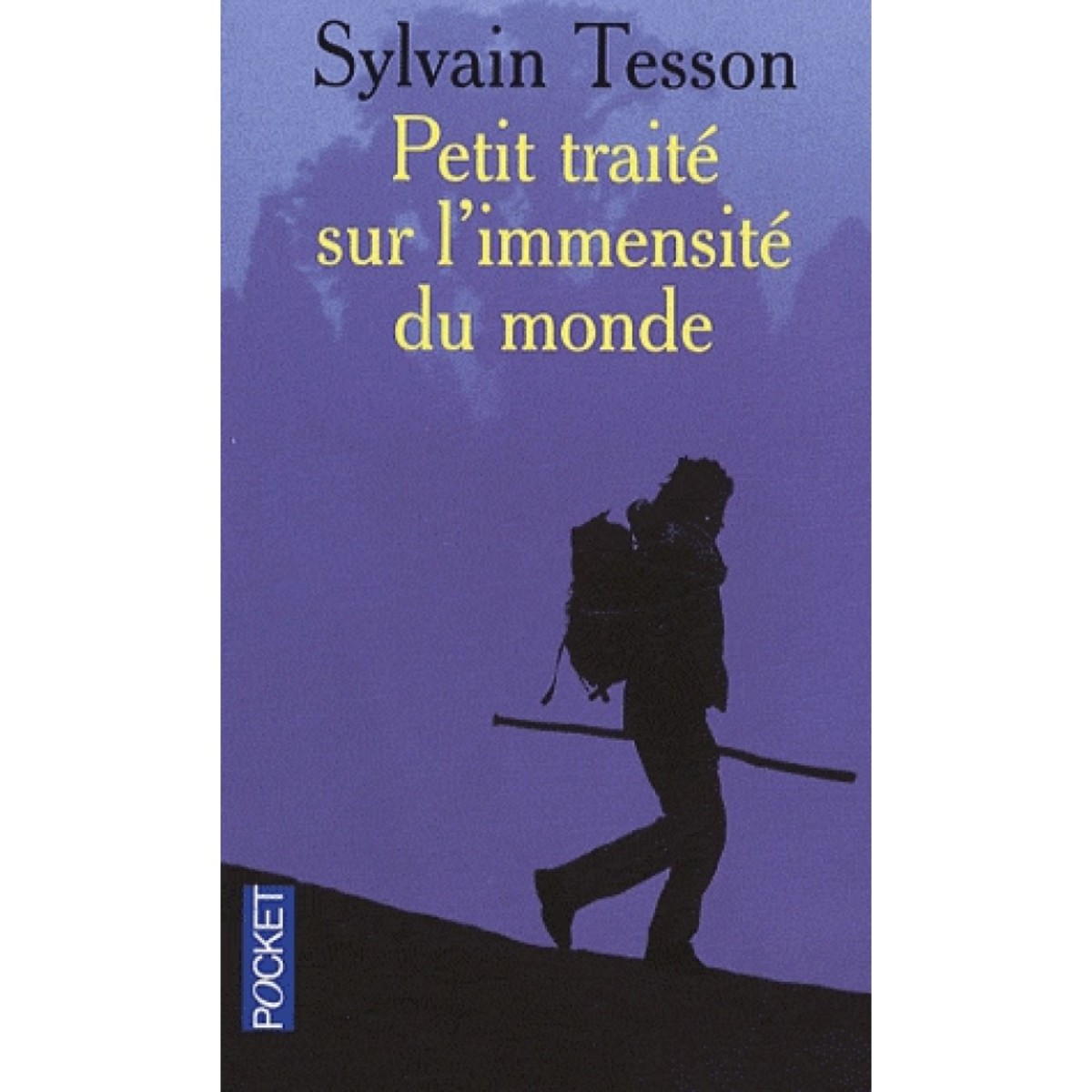Les Stroud - Survivorman
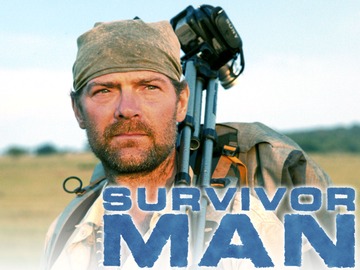
Survivorman is a Canadian TV program by survival specialist Les Stroud which premiered in 2004. Survivorman takes Stroud to various remote environments all over the world, from the Amazon jungle to the cold Arctic, where he is left to survive all by himself. While not as popular as other survival-themed shows like Bear Grylls’ “Man vs. Wild”, Survivorman is a far more realistic and offers great educational value.
Format
Every episode, Les Stroud is dropped off in a remote area of the world, and left to survive by himself for roughly a week, at the end of which he meets up with his rescue crew. Using his survival skills and knowledge, Les has to create shelters, build fires, find food, and stay clear of any dangers of a specific environment.
While he is provided with a small amount of food, water, or equipment, like a candy bar or a match, these are used to simulate the items you may have in a real accident. What makes the survival even more difficult is the fact that Stroud has to film everything that he does for 7 days all by himself.
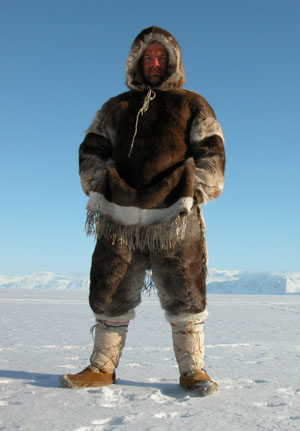
Realism
One Man, One Location, Seven Days
As noted above, the most unique element of Survivorman is that Les Stroud does not have the help of a production crew, or the luxury of normal food and comfortable sleep, as most other survival-based TV programs.
Instead, he brings his multi-tool, harmonica, and 2 cameras for filming, in addition to whatever items are given to him to suit the theme of a specific episode. In the Costa Rica episode, for example, Les was given a pair of pants, swimming goggles and 3 pens, to simulate him being stranded on a jungle beach after losing his kayak.
Les is also given a satellite phone and a radio strictly for safety purposes, which he can use to contact his rescue crew, who are located within rescue range. However these have yet to be used, as in every episode Les has managed to survive the full 6-7 days before making his way towards the rescue crew.
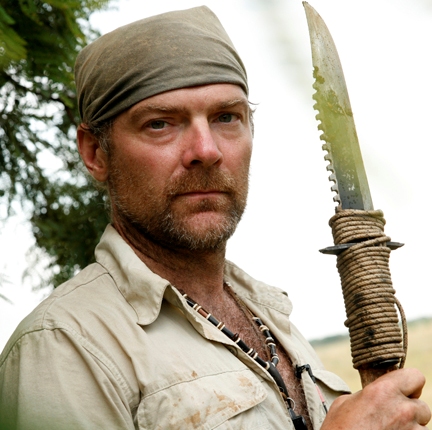
Physical And Psychological Toll
The second realistic element of Survivorman is the physical and psychological toll of solo survival on Les Stroud. Les has to build shelters from material he finds around his location, start fires via different and often difficult methods, search for food, and sleep in a very rough and exposed environment for 7 days.
In addition to all of this, he has to carry, place, and retrieve a total of 23 kilograms of video and audio equipment, which he uses to film everything that he does in his week of survival.
This adds on a huge burden that even a person in a real survival situation doesn’t have to worry about. This is best explained by Stroud’s own words: “setting up or tearing down all of my camera gear takes about 65% of my time”.
The psychological burden, on the other hand, manifests itself as the lonesome, and often fearful state of mind that Les finds himself in, much like a person in a real accident would. In one episode, for instance, Les is stalked by a jaguar, and has to flee very quickly back to safety of a nearby aboriginal village, where his rescue crew awaits.
Other times, he finds himself playing on his harmonica to raise his spirits and pass time, and talking about how to stay positive and calm. Although both the viewer and Stroud himself know that he can be rescued in case of any real danger, the psychological toll of being alone for 7 days in a hostile environment is still very real.
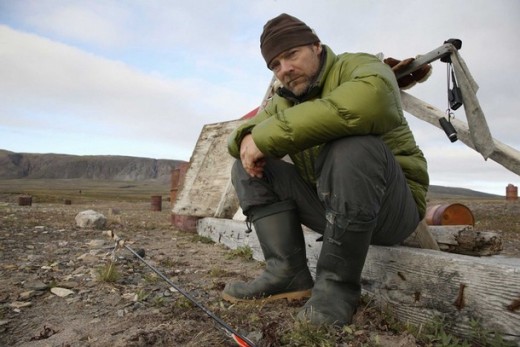
Failure is Real
The third and last important element of realism in Survivorman is, quite simply, failure. Les is not afraid to show himself failing to catch an animal for food, being able to start a fire, or having a hard time battling a cold or hot environment, or simply having things not go as planned.
Much like in a real situation, not everything happens according to plan, and this is once again a very important educational lesson for survival.


